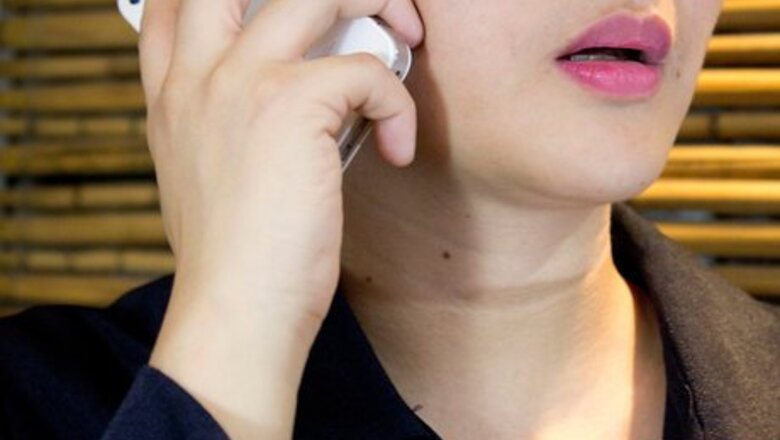
views
Check your local regulations.
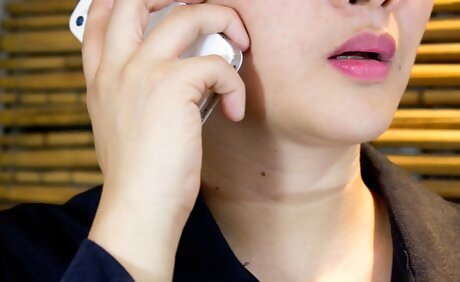
Consult city ordinances before creating a home massage business. Some cities pose restrictions on the room and location of the massage room. Apply for liability insurance, if necessary.
Pick a calm spot in your home.
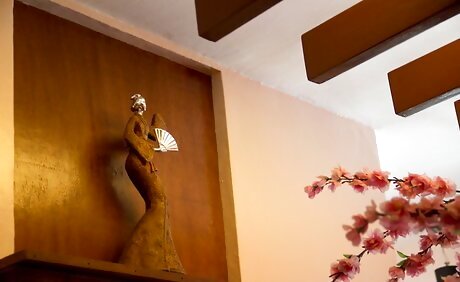
Choose a room that is free of activity and noise. It is a good idea to choose a room without a window, if possible, because it is harder to control light and noise. Examine whether you can hear noise from traffic, dogs, children or appliances that may have become ambient to you, but would interrupt someone who was not used to it. If you intend to use the massage room to receive clients, it is advantageous to have a massage room that has a separate entrance and its own bathroom so that you can separate your business and personal life and limit liability while the client is on your property.
Clear the room out.
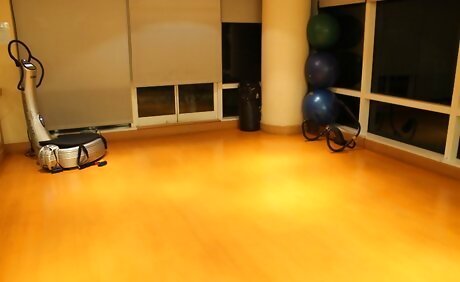
Ensure there is enough space for you to move around a massage table. A room that is 9 feet (2.7 m) by 9 feet (2.7 m by 2.7 m) or larger would be best.
Ensure you have temperature control.

If you don’t have heat or AC in the room, it’s not a great option. It is best if this room could be controlled by a thermostat. In the case that it does not, you can provide a space heater or air conditioner; however, those appliances make noise that can inhibit relaxation. A massage therapist can often work up a sweat when giving a massage, but it is important that the client stay at a neutral body temperature, neither hot nor cold.
Clean the room.
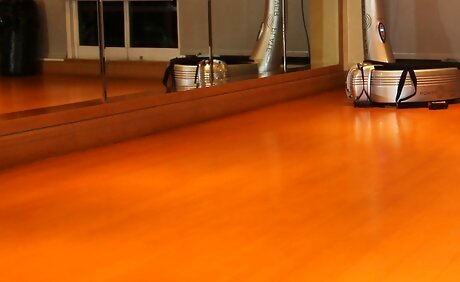
Start with a blank slate by taking anything unnecessary out. Remove everything from the room you have chosen, in order to start decorating it.
Repaint.

Opt for a neutral, tranquil color that will put people at ease. Earth tones or blues are especially soothing. Stay away from bright or dark colors. Air the room out so there are no paint fumes before you begin massages.
Flooring.
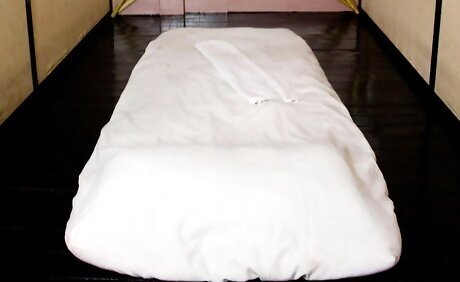
Cover the floor with a rug or carpet if the floor is cold. Hardwood floors also work for a massage room, but you will want to put the massage table on pads or lifts to make sure it doesn't slide around or harm the floor.
Pick cool furniture.
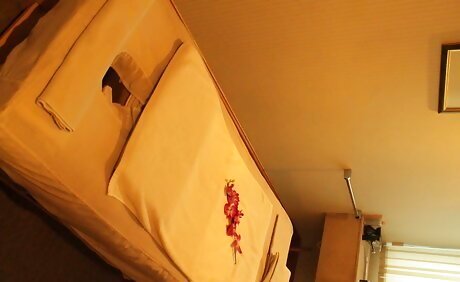
Select items that will accent your style and be useful. Buy a sturdy massage table at about hip-level, unless your massage therapist plans to bring a table each time. The rest is totally up to you. Place a small table to hold oils, candles and other tools within reaching distance from the table. Hang hooks for clothes and/or purses and place a mirror nearby so a client can fix their hair or makeup before leaving the room.
Include some art and details.

Add accents that make you more comfortable in the room. You can choose art or teachings from a favorite type of massage, pillows, fountains, candles and a music player. Stay away from any decorations that are funky or make someone uncomfortable.
Add some comfort items.
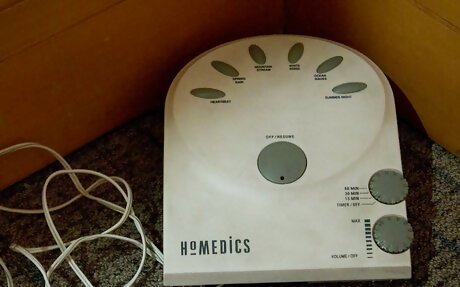
Speakers, fountains, and candles are all great options. If you decide to have a music player, fountains or candles, make sure they can be turned off. Music, water and candles may make some people uncomfortable.
Set out some clean sheets.
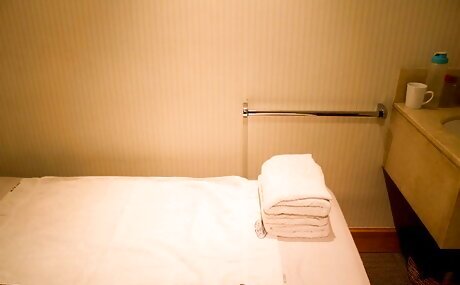
Keep the room hygienic at all times. Place clean sheets, pillows and bolsters on the table to help support the body during a massage. Consider installing a cabinet with other clean sheets nearby so that they are easy to access.
Skip the incense.
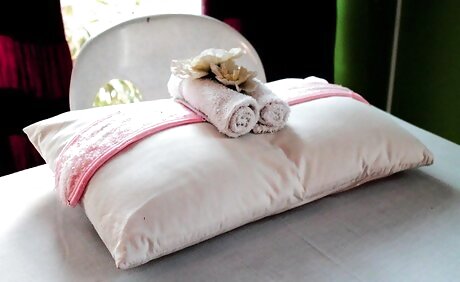
Avoid using incense to give fragrance to your room. Incense can stay around for a long period of time and it can trigger headaches or asthma in some people.




















Comments
0 comment